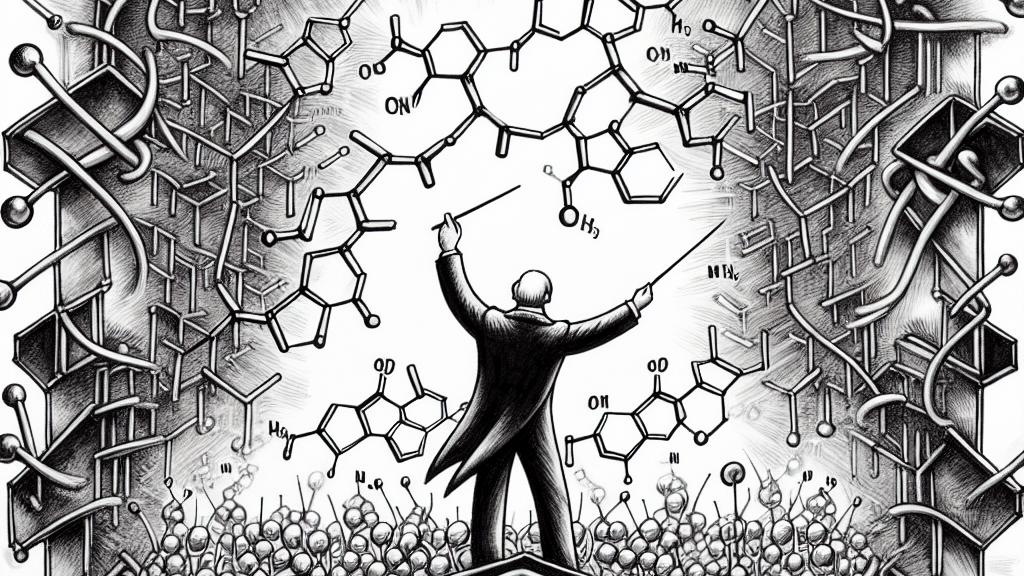Innovative Method for Adjusting Electrical Flow in 2D Metal-Organic Frameworks
Overview
- Groundbreaking molecular heterojunctions allow precise control over electron flow.
- Tunable rectification effects unlock new horizons for next-generation electronic device designs.
- Broad potential applications span high-performance sensors, sophisticated transistors, and revolutionary energy storage solutions.

A Stunning Breakthrough from Wuhan, China
In a major scientific breakthrough in November 2024, researchers at Wuhan University in China showcased an innovative approach to manipulating the electrical properties of two-dimensional (2D) metal-organic frameworks (MOFs). By developing molecular heterojunctions that cleverly intertwined porphyrinic 2D MOF nanosheets with oligophenylene thiol self-assembled monolayers, they established a remarkable level of control over electron flow. This advancement is akin to a conductor deftly guiding an orchestra, transforming how we think about current in modern electronics. With this technique, the team aims to enhance not only the performance of everyday devices such as smartphones but also specialized instruments used in scientific research.
Exploring the Marvels of Rectification Mechanics
Rectification, the phenomenon that allows materials to facilitate current flow in one direction while resisting it in the opposite direction, is foundational for a multitude of electronic devices, including diodes and transistors. The researchers carefully manipulated the metal centers of the MOFs and varied the lengths of the oligophenylene thiol molecules to achieve exceptional results. Specifically, they recorded a stunning rectification ratio exceeding 1.67 orders of magnitude with a distinctive combination of Zn-TCPP MOF nanosheets, representing a giant leap forward in materials science. Imagine the implications: devices that operate more efficiently, with reduced energy loss and improved performance, revolutionizing everything from energy-efficient lighting systems to faster computing technologies.
Unlocking Endless Possibilities with MOF Technology
The implications of these transformative findings extend far beyond traditional applications. With the newfound ability to fine-tune electrical characteristics using simple molecular adjustments, we are now stepping into an exciting era of advanced functionalities. Picture sensors that react instantaneously to environmental conditions or transistors designed to handle greater loads without overheating. Furthermore, the reach of this technology is vast; it opens doors to innovative battery designs that can store energy more efficiently and sustainably. As we venture into this new landscape of possibilities, researchers and innovators will undoubtedly harness MOF technology, crafting a greener future that resonates with the pressing demands of our time—from renewable energy sources to electronic devices that are both powerful and environmentally friendly.

Loading...